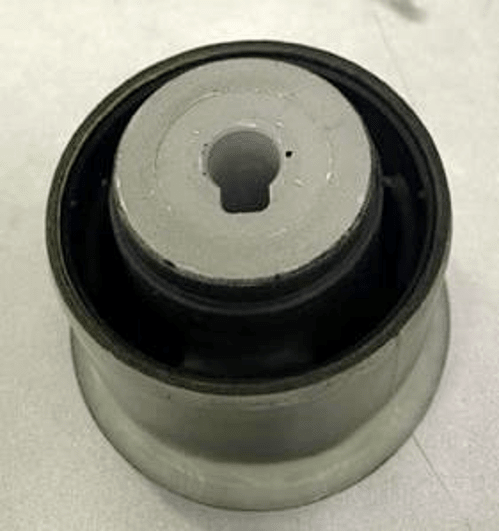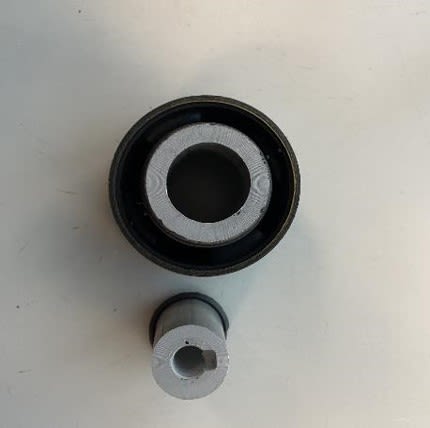Hello,
We had a part fail in an odd way. The part is 6061 aluminum. The same company cast, Hot extrudes and machines. During our process a center core plug of the aluminum popped out. Being this was extruded from a billet, this is not supposed to happen. The company that makes the part has run a ground so to say, and does not understand how this happend.
Anyone have any expierene to this type of aluminum failure that can help?
We had a part fail in an odd way. The part is 6061 aluminum. The same company cast, Hot extrudes and machines. During our process a center core plug of the aluminum popped out. Being this was extruded from a billet, this is not supposed to happen. The company that makes the part has run a ground so to say, and does not understand how this happend.
Anyone have any expierene to this type of aluminum failure that can help?


